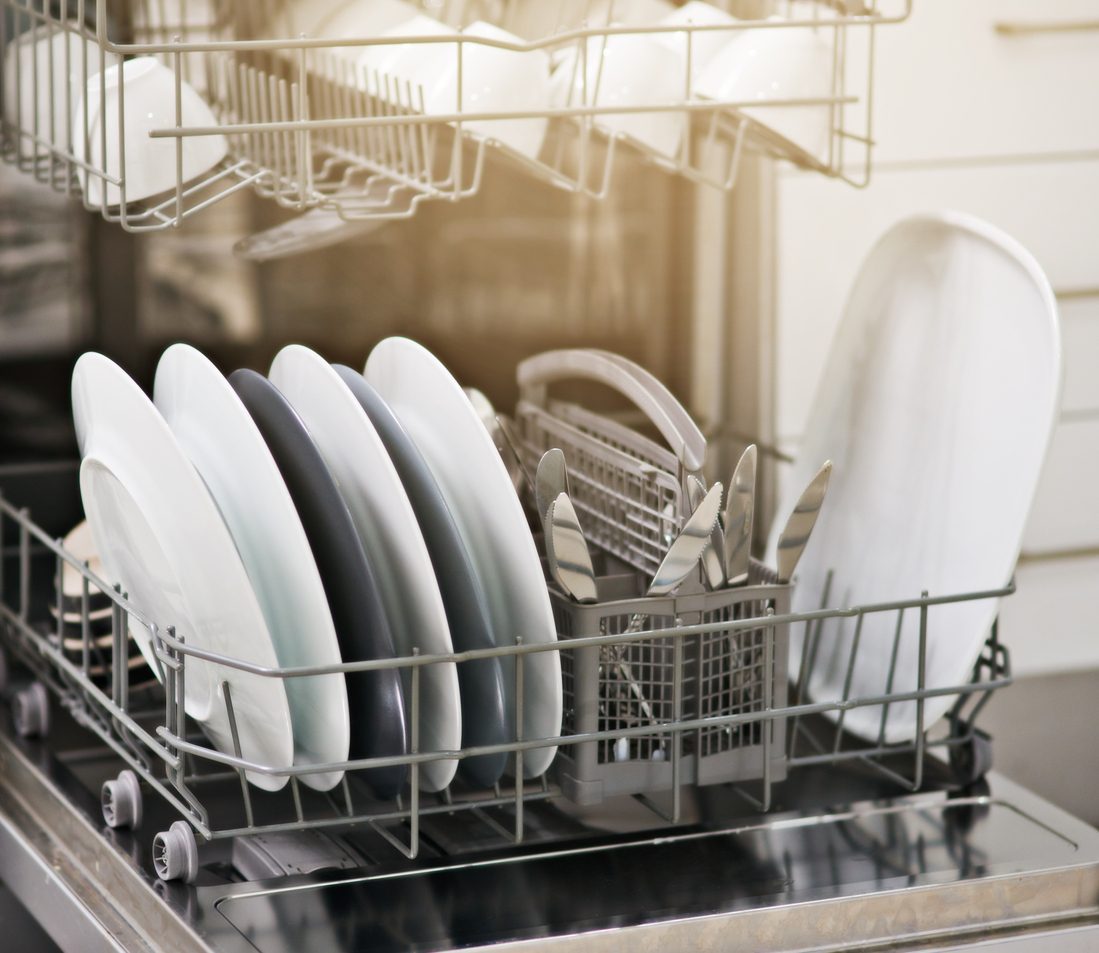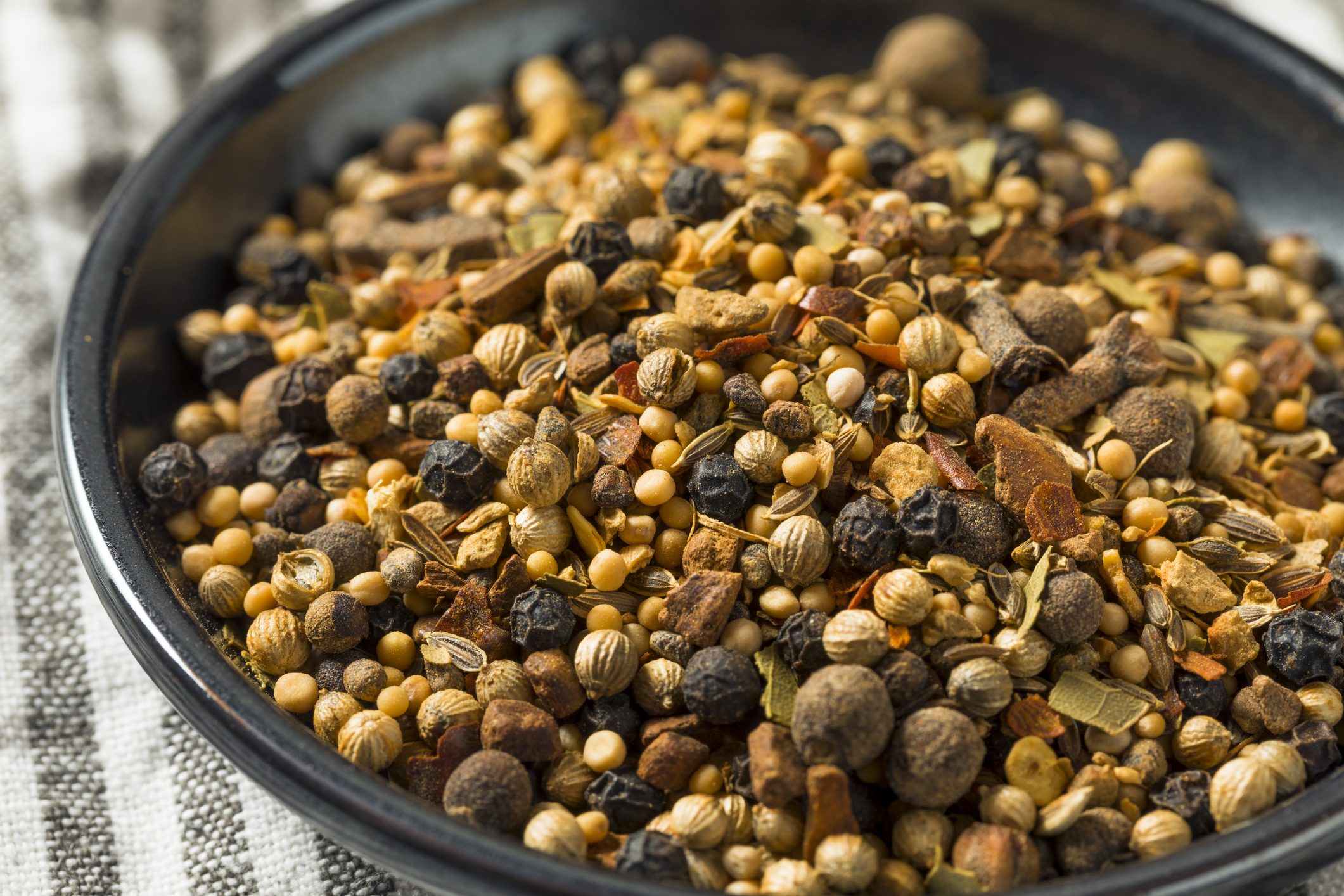What are pickles?
;)
Food pickling is a method of food preservation that has existed for thousands of years. You make pickles by immersing vegetables in an acid such as wine or vinegar, which inhibits the growth of spoilage bacteria. Many fruits and vegetables are used for pickles, ranging from plums, pears, and lemons, to spicy carrots, mushrooms and olives. Pickled vegetables are most often enjoyed as a crunchy condiment. Quick refrigerator pickles won’t store as long as their fermented counterparts, and they should also be stored in the refrigerator, not the cupboard. But because it’s quick to make without too much hassle, it’s a great way of making veggies last a little bit longer!
Where do you start?

To start making your own pickles, you need sterilized glass jars (mason jars work well), vegetables, seasoning, and vinegar. Fill 2-quart (or 2 liter) glass jars with veggies of your choice. Add 1 Tbsp coriander seeds, 2 tsp fennel seeds, 1 tsp mustards seeds, 10 garlic cloves (halved), ½ sliced onion, herbs of your choice (dill is a popular herb to add to pickles), and chilies, if you prefer a spicy pickle. In a medium pot, add 2 cups of water, 2 cups of vinegar (any kind), 2 Tbsp salt, and 6 Tbsp sugar. Bring to a boil, and then carefully add the boiling liquid to the glass jars, making sure all the veggies are covered with liquid. Cover the jars, and leave to cool at room temperature before you place it in the fridge. After a few days, they will be ready to eat!
What can you pickle?

You can pickle just about anything: beets, carrots, radishes, cucumbers, green beans, onions, cauliflower…really any veggies you can find. Smaller veggies such as okra, can be kept whole, while others might need to be chopped into smaller sizes. You can also play around with different spices and herbs. Try adding dill seed, allspice, ginger, celery seeds, fresh peppercorns, star anise, and many others. If you are new to pickling, you can try out different vinegars to see what you like best. Use your vegetables for pickles before they start going off, and always wash your veggies before pickling them.
How to enjoy your pickles

So you made pickles, but when do you eat them? Eat them on a sandwich. Pickled eggplant combined with feta cheese, makes a delicious sandwich with a Mediterranean flair. They also work for dinner. Pickled watermelon makes a great addition to grilled pork chops, while pickled pineapples taste delicious in stir-fries. You can also eat the veggies straight from the jar, or add them to a salad.
Have you made pickles before? Tell us in the comments below.

;Resize,width=712;)
;Resize,width=712;)
;Resize,width=767;)
